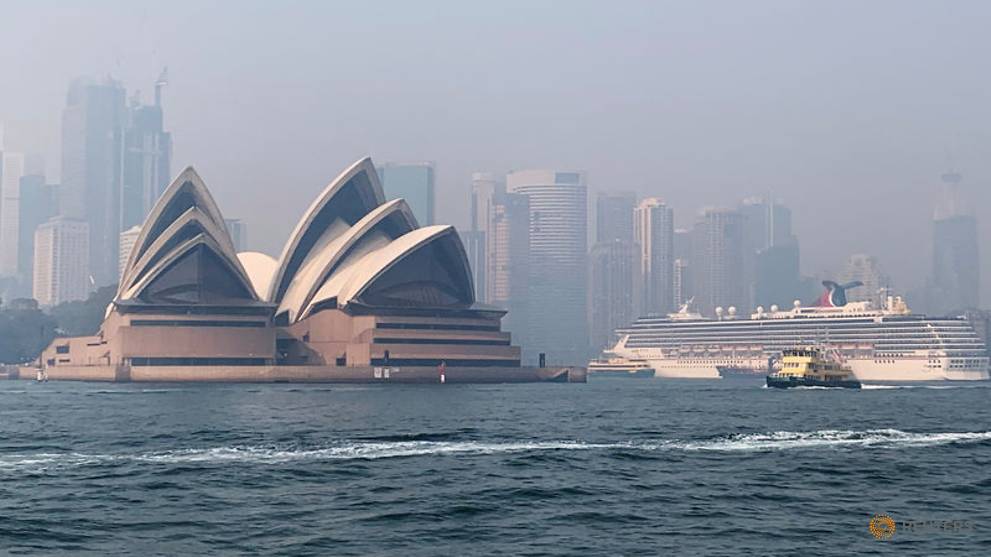There is a lot of beauty to be found in the land down under, but Australia’s idyllic scenery masks a hidden danger: bushfires. The combination of hot and dry weather along with the El Nino dry season creates a deadly mix, and one that has fires raging across the country.
The Threat of Bushfires
These fires are a real concern, even for people living in the cities. The hot temperatures also cause strong winds, which bring the smoke into urban areas. The particulates can linger in the air for days, causing a dirty haze to envelop the cities where millions of people live.
Sydney was recently shrouded in dangerous haze from bushfires along the Eastern seaboard of Australia, hitting an AQI of 795. The level of PM2.5 particulates in the air reached hazardous levels at 186 μg/m3, and people were advised to stay indoors. The safety threshold is 35 μg/m3
Sydney indeed lived up to its name “The Big Smoke,” but perhaps this was a little too literal in this case.
Fires are a real danger and do kill people directly; 173 people died in Victoria back in 2009 due to the worst fire in the country’s history.
But more insidious is the hidden threat of air pollution that is the result of these fires. Sore eyes and an irritated nose and throat are common symptoms from excessive PM2.5 exposure, but the real danger is in the long term effects of this exposure, as PM2.5 can work their way deep into your lungs and blood stream, causing irreversible damage and chronic illness in the worst case scenario.
People who already have conditions like asthma and emphysema are already at high risk during these times, and prolonged exposure to PM2.5 over a 24-hour period can result in developing similar conditions even in healthy people.
What can you do about it?
As with many things in life, prevention is worth a pound of cure. One of the biggest drivers for worsening indoor air quality during these haze events is leaving the windows open.
Open windows are normally a necessary ventilation method to let the stagnant air inside a home out, allowing fresh air to come in. But during a bushfire and the resulting haze, the outdoor air quality is generally worse than indoors, and it just results in smoke and other pollutants from outside settling into your home.
Keeping the windows closed all the time is generally not acceptable, as proper ventilation is the key to good air quality. So instead of keeping the windows closed all the time, it is possible to make use of the advanced features of uHoo’s air monitoring the intelligently know when to open the windows and when to close them.
uHoo works with your smartphones and smart home by monitoring the air quality in real time. Before you get the air pollution warning from the news, uHoo can detect changes in air quality in real time.
You can set the PM10 and PM2.5 thresholds to trigger and give you an alert when they spike in a short period of time, giving you a timely prompt to close the windows and prevent further smoke and pollutants from coming in. If your home is equipped with smart technology, you may even have a window and ventilation system that can interface with uHoo and do all this automatically.
The end result is, you can protect your home from outdoor pollution faster, and being able to act on it immediately could spell the difference between letting pollutants into your home, and keeping your home and family breathing safe and clean air.







